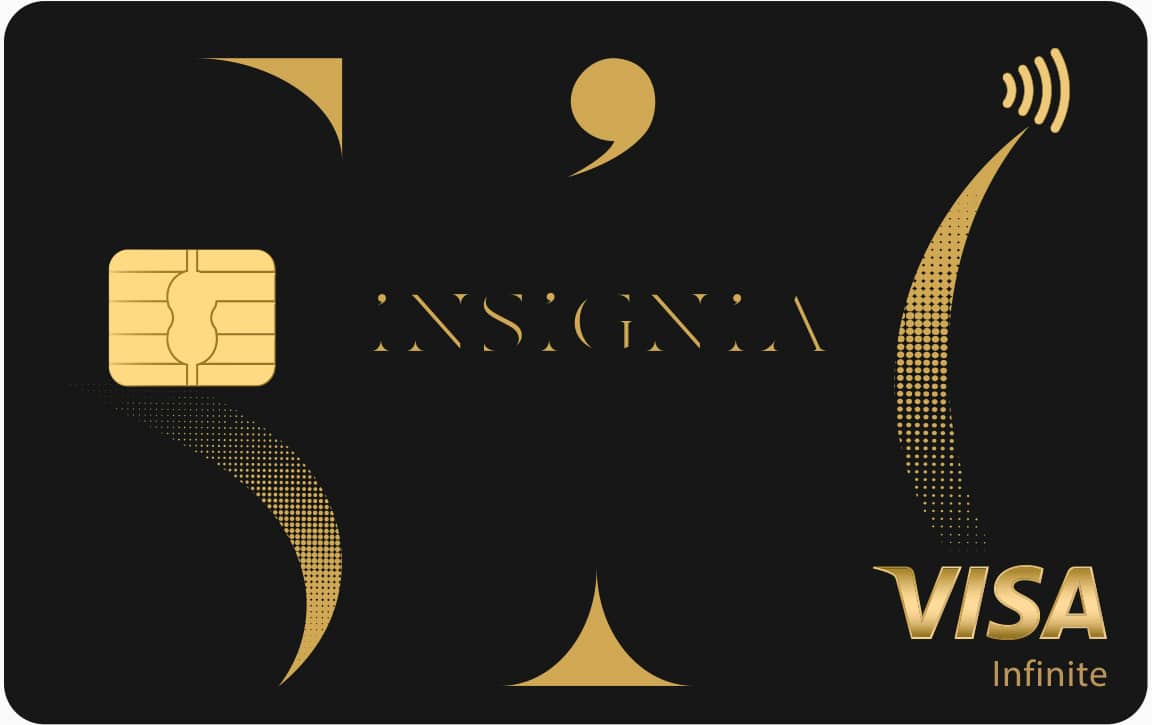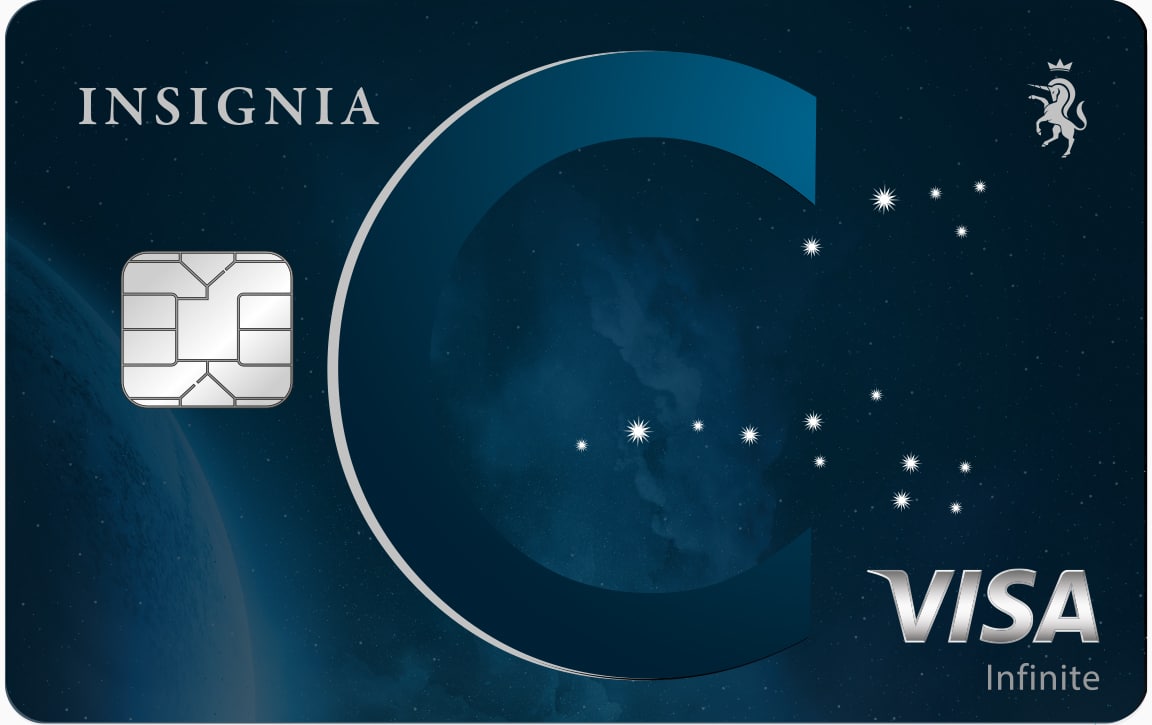Today, Insignia had the privilege of sitting in on an exclusive industry briefing on ‘The Many Faces of Luxury’ and how Londoners spend their time and money. Organised by Starcount, specialist data consultants, in providing an enriched lens of insight into exploring and capturing customer loyalty and engagement, the below highlights the importance of luxury brands capturing consumers at a perfect moment and nurturing brand love. The result? Helping you find a true and sustainable competitive edge.
Londoners’ love of luxury department stores shines through in their new study in which they have identified consumer shopping habits. When it comes to spending their disposable income, Londoner’s are particularly spoilt for choice.
From luxury goods to hospitality, brands contending for customers’ disposable income should consider competitors outside of their immediate sphere; when a consumer debates whether or not to purchase a Dior handbag, they are not judging that handbag against similar offerings from Prada and Burberry, but also weighing up the purchase against equivalent luxuries, whether it’s dinner at the Ritz, a box at the Royal Albert Hall or jet charter.
Luxury purchases are, inherently, emotional rather than functional. To generate long-term emotional loyalty, brands must understand customers’ genuine passions, motivations and mind-sets – and it is here that the answer lies in utilising the new big and innovative, smart data – including data from social networks.
Genuine relevance is more important than ever as the global luxury fashion market becomes increasingly saturated with both instore and digital competitors. Recently, the department store Harvey Nichols has been crowned Londoners’ favourite brand, according to the research, with Selfridges, and Net-a-Porter close behind. Liberty also appears in the top ten brands, confirming that British luxury department stores lie at the heart of the London shopping experience.

With the above in mind, the report uncovered that London’s active spenders are almost 65% female, and fall into five key mind-set segments:
- Suburban Commuters
- Local Trendsetters
- Family Day Trippers
- Affluent Cosmopolitans
- Seasoned Spenders
Clive Humby, Chief Data Scientist at Starcount: “As people move through different life stages, their priorities and passions alter, their brand loyalties switch and they make different purchasing decisions. By focusing on standard measurements and modes of categorisation such as age, address and average spend, brands are in danger of ignoring what truly differentiates their customers – their passions, mind-sets and motivations – which could help brands predict future buying intent.”
By combining customer data with new social intelligence, luxury brands can build a truly relevant, customer-centric marketing strategy, based not only on a genuine understanding of their customers but also on the knowledge of each individual customer’s ‘connected’ value. So take note!



















